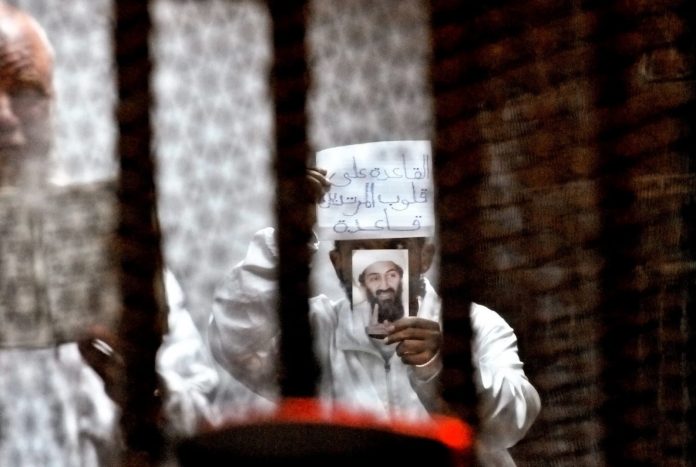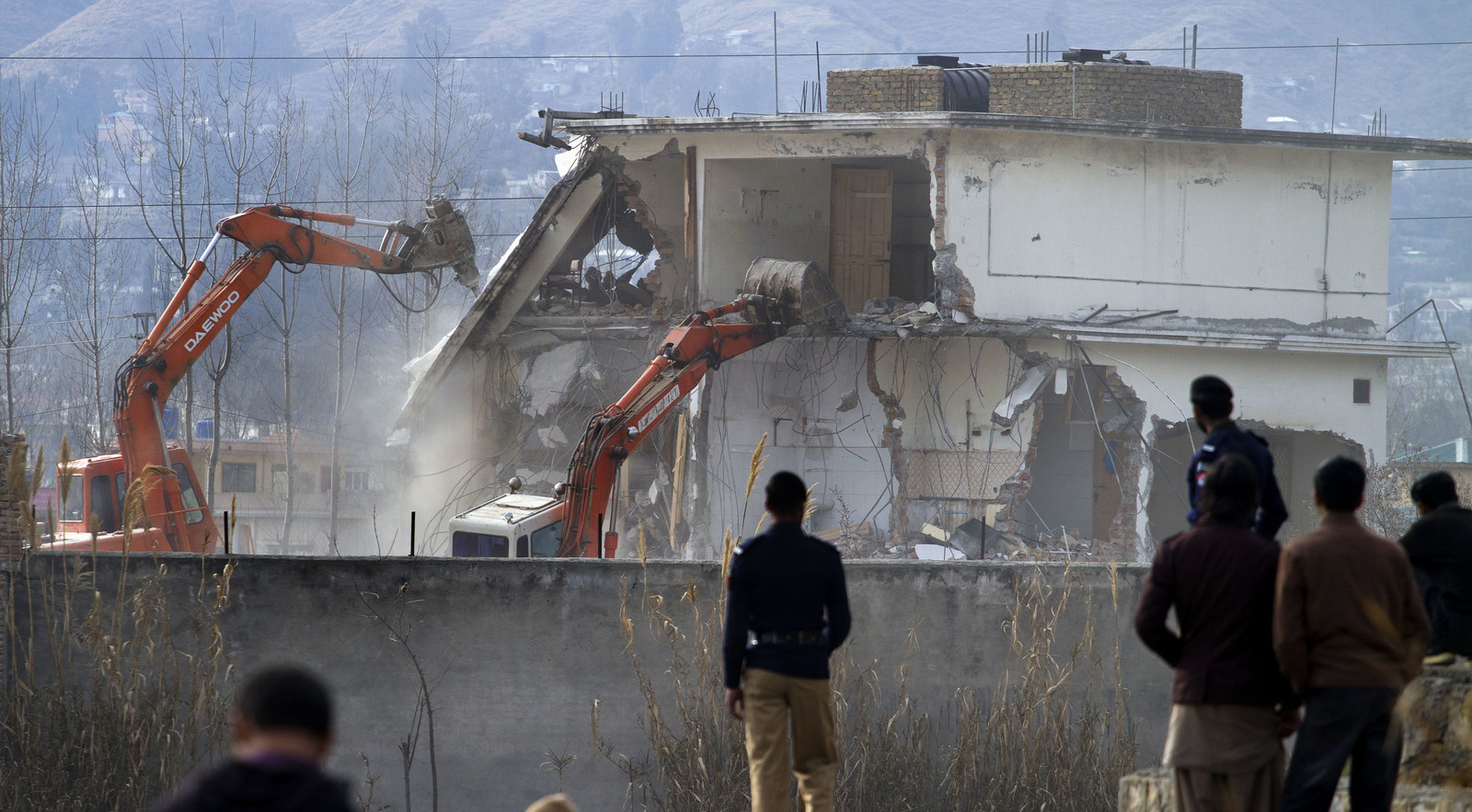Al-Qaeda’s most potent weapon is an idea that we’ve been unable to defeat, writes Ali Soufan, the author of Anatomy of Terror: From the Death of bin Laden to the Rise of the Islamic State.
This month marks 18 years since one of al-Qaeda’s worst pre-9/11 atrocities: the suicide bombing of the US Navy destroyer Cole in the harbor of Yemen’s port city of Aden. Seventeen American sailors died in the blast — five of whom were just 19 years old. The day after the attack, I arrived in Yemen to help lead the investigation into the bombing — a case in which, far too often, justice was thwarted by politics, not only in Yemen but in Washington, too.
Almost exactly a year after the Cole attack, the first US ground forces arrived in Afghanistan. In order to gather evidence against bin Laden and the other al-Qaeda figures under indictment in the United States, I went in with one of the early contingents. What I saw there — bin Laden’s hideouts in ruins, al-Qaeda’s fighters dead and scattered, their Taliban enablers in chaotic retreat — gave me hope that we might at last be on the verge of cutting out the cancer of bin Ladenism.
All these years later, that optimism is but a distant memory. Instead of withering away after the defeat of the Taliban, al-Qaeda morphed into a looser network, its nodes spread across continents. Between 9/11 and Osama bin Laden’s death at the hands of Navy SEALs in May 2011, al-Qaeda’s membership grew by an order of magnitude — from 400 to around 4,000. Nor has bin Laden’s departure from the stage done anything to slow this expansion. Far from being “a shadow of its former self,” as then-president Obama was still insisting as recently as December 2016, al-Qaeda has drawn sustenance from bloody civil wars and sectarian conflicts around the world. Today’s al-Qaeda can boast tens of thousands of fighters under its command, and that is not even counting the thousands more who still swear allegiance to al-Qaeda’s wayward progeny, the Islamic State.
Why have jihadi groups survived and grown? In short, because their ideology remains strong. “We have become an idea and we are no longer a group,” wrote Harun Fazul, an architect of the 1998 East Africa Embassy bombings, in 2009. That evolution, Fazul predicted, would make al-Qaeda much harder to defeat. Unfortunately, he was right. Al-Qaeda, the Islamic State, and other jihadi groups have become adept at luring disaffected young men with false claims of an epochal war between Islam and the West and fraudulent promises of history-shaping adventure.

Bin Laden had always been an eager consumer of the news; one of the few enduring luxuries of his otherwise austere lifestyle on the run was a satellite dish with which to pick up Al Jazeera and the BBC. While in hiding, he kept on top of —and penned a torrent of memos about — developments like the Gaza Freedom Flotilla (a Turkish-backed attempt to defy Israel’s naval embargo on the Gaza Strip), the floods that devastated Pakistan in 2010 (in which, typically, he saw a propaganda opportunity), and the release by WikiLeaks of 92,000 classified documents relating to the war in Afghanistan (which bin Laden quickly ordered translated into Arabic).
The events that would put al-Qaeda on a new course began to unfold at the very end of 2010. On December 17, a Tunisian fruit vendor named Mohamed Bouazizi set himself on fire to protest the deep-set corruption of the Zine el-Abidine Ben Ali regime. By so doing, this otherwise unremarkable young man lit the fuse on popular protests that would spread throughout North Africa and beyond. Within a month, Tunisia’s president had fled into exile in bin Laden’s own native Saudi Arabia, and demonstrators in Egypt had taken to chanting “Ben Ali, tell Mubarak there is a plane waiting for him, too.” Sure enough, by the middle of February, Mubarak, the despised “Pharaoh” whose regime and its predecessors had spilled the blood of many Egyptian jihadists, had announced his own resignation.
By then, protests had erupted in Yemen, Sudan, Bahrain, Libya, Morocco, Iraq, Jordan, and beyond. There was even talk of an uprising in Saudi Arabia, although in the event it was swiftly suppressed by the Kingdom’s security forces, which also played a role in putting down the revolt in the neighboring island nation of Bahrain. Finally, on March 18, Syria began its long descent into barbarism when President Bashar al-Assad’s security forces opened fire on activists in Daraa, near the border with Jordan.
In the face of this tectonic upheaval, the role of al-Qaeda itself would have to change. Instead of attacking the West — bin Laden’s exclusive focus since the group’s founding — it should now turn its fire on hated governments in the Muslim world. This was beginning to happen organically in any event; already, militants from North Africa and the Middle East were leaving al-Qaeda’s bases in Pakistan and returning home, using the cloaking chaos of revolution as an opportunity to see their loved ones again after so many years — and to wage jihad in their countries of origin, against regimes they had long despised.































